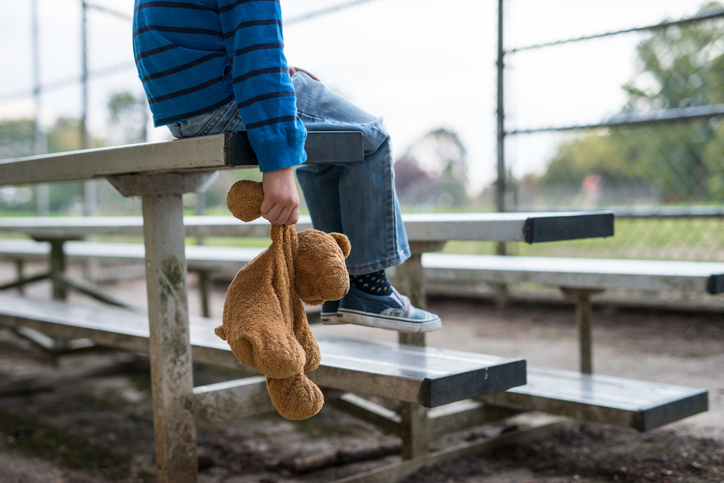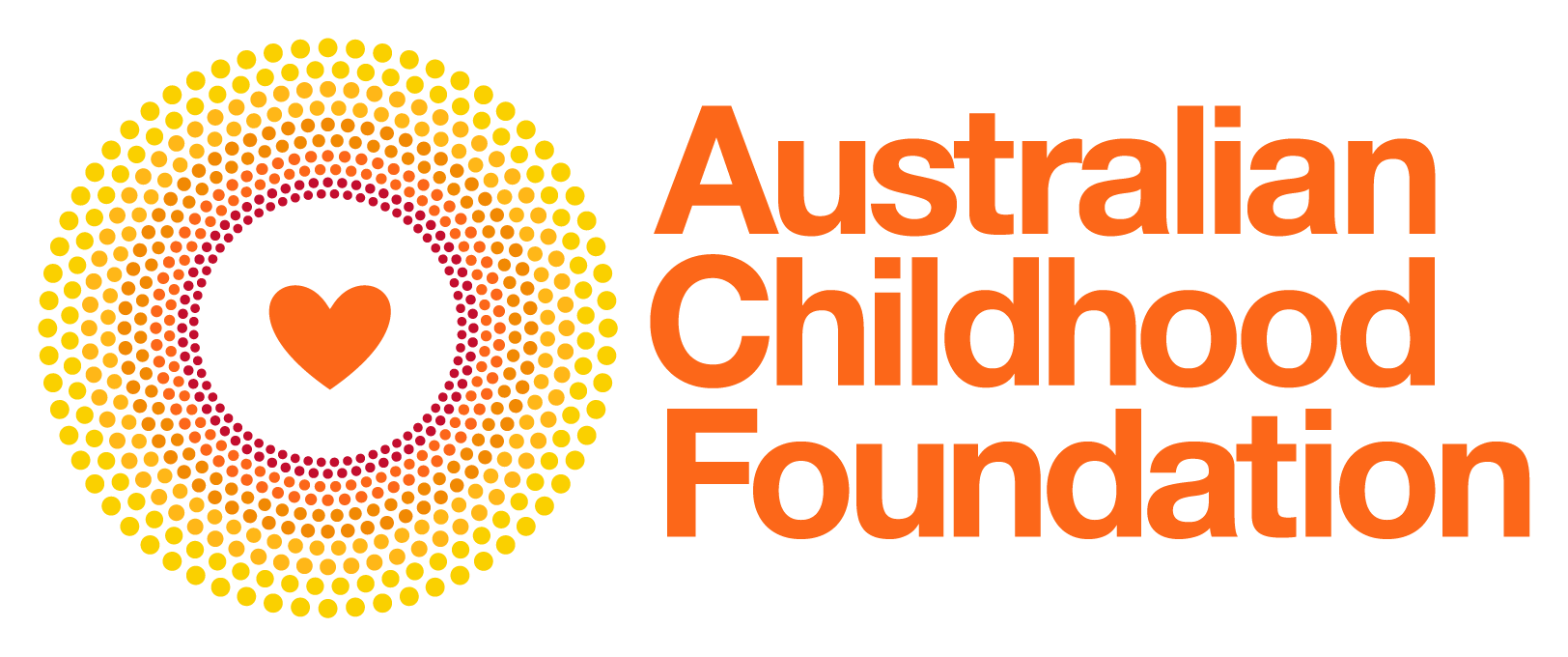
What is child abuse and neglect?
Would you recognise the signs if a child were at risk of harm—and know what to do?
Understanding the indicators of child abuse and neglect, and knowing how to respond and report, is a vital part of keeping children safe. Safeguarding children is everyone’s responsibility. The United Nations Convention on the Rights of the Child—ratified by Australia in 1991—recognises the vulnerability of children and outlines the responsibilities of adults and governments to uphold children’s rights and protect them from harm.
Understanding types of child abuse and neglect
While the types of abuse are often defined individually, it is important to recognise that children frequently experience multiple and interrelated forms of abuse. These experiences rarely occur in isolation.
- Physical abuse: Deliberate actions that cause or threaten to cause harm to a child.
- Emotional abuse: Repeated rejection, criticism, threats, or emotional manipulation that causes psychological harm.
- Neglect: Failure to meet a child’s basic needs, including food, shelter, supervision, medical care, and education, to the extent that the child’s health, safety, or development is at risk.
- Sexual abuse: Any sexual activity involving a child, including grooming, inappropriate touching, exposure to pornography, and penetrative acts. Perpetrators often misuse power, trust, or authority to exploit children.
- Family violence: A child who hears, witnesses, or is otherwise exposed to family violence—including physical, emotional, psychological, sexual, or financial abuse—is considered to be experiencing abuse.
Abuse and neglect—what’s the difference?
Although often used interchangeably, abuse and neglect are distinct. The World Health Organisation defines abuse as the “intentional infliction of harm on someone”, while neglect refers to a “failure to provide the necessary care for an individual”. In our work with children and young people affected by trauma, we see that both have a profound impact on their development, relationships, and sense of safety.
What contributes to child abuse and neglect?
There is no single cause. Contributing factors may include limited parenting skills, past trauma, isolation, lack of support networks, stress, fatigue, illness, disability, substance use, gambling, mental health challenges, and family violence.
Recognising signs of abuse and neglect
The signs of child abuse and neglect vary depending on a child’s age, circumstances, and developmental stage. Below are some common indicators:
- Disclosure of abuse
- Unexplained injuries or frequent bruising
- Reluctance to go home or fear of caregivers
- Poor hygiene, hunger, or inadequate clothing
- Frequent absences from school
- Anxiety, hypervigilance, or low self-esteem
- Sexualised behaviours or knowledge beyond age-appropriate levels
- Withdrawal, passivity, or difficulty concentrating
- Aggression, sleep issues, or developmental delays
- Psychosomatic complaints (e.g. headaches, stomach aches)
How prevalent is child abuse in Australia?
According to the Australian Institute of Health and Welfare:
- 1 in 33 children (aged 0–17) received child protection services in 2018–19
- 1 in 6 Aboriginal and Torres Strait Islander children received child protection services
- Emotional abuse was the most common form substantiated (54%), followed by neglect (21%), physical abuse (15%), and sexual abuse (10%)
- A higher proportion of girls (13%) were subject to sexual abuse than boys (6%), while boys had slightly higher percentages of substantiations for neglect and physical abuse.
How can you help protect children?
Creating safe environments starts with education, awareness, and action. You can support children by:
- Being informed about the signs of abuse and how to respond
- Listening to and respecting children—they know when adults are genuine and safe
- Understanding your responsibilities and knowing where and how to report concerns
- Taking action if something doesn’t feel right—speak with a supervisor or colleague
- Connecting children and families with appropriate services
- Advocating for and upholding child-safe practices in your organisation
What should I do if a child discloses abuse or I suspect harm?
- Remain calm and listen without judgement
- Let the child speak in their own words and at their own pace
- Reassure them that telling someone was the right thing to do
- Avoid making promises you cannot keep, such as saying you won’t tell anyone.
- Explain what will happen next in an age-appropriate way
- Ensure the child is safe and supported
- Report your concerns as soon as possible to the appropriate authority—this could include your organisation’s child safety officer, supervisor, or your local Child Protection Authority.
Remember
- Anyone who believes, on reasonable grounds, that a child is in need of protection has a duty of care to act
- You do not need to be certain—having reasonable grounds is enough
- You do not need permission from anyone to make a report
Safeguarding children—how we can help
Australian Childhood Foundation’s Safeguarding Children Services is a comprehensive framework that supports organisations to create and maintain environments where children feel safe, respected, and heard. Through tailored tools, training, and accreditation, we help you strengthen your policies, build staff confidence, and embed child-safe practices across your organisation.
